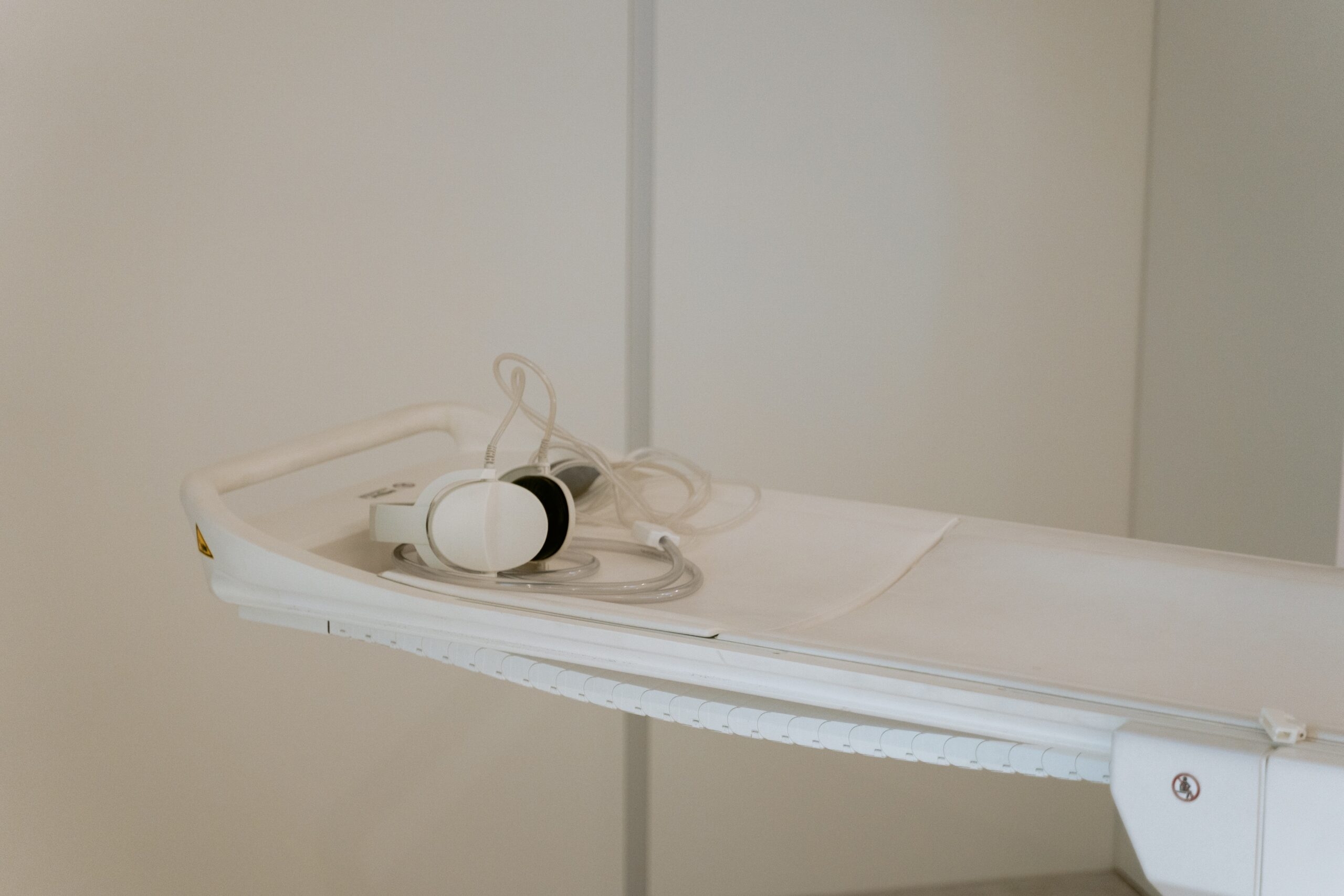Introduction
PET stands for Positron Emission Tomography. The PET scan uses injected radioactive glucose (radiotracer or radioactive tracer) to target cancer cells in the body. PET scans can show where cancerous cells are located within the body based on glucose concentrations. Medical professionals can utilize PET scans to determine potential treatment options.
Compared to CT scans alone, PET scans can detect more cancerous sites. This makes PET scans useful for detecting new or recurring cancer.
PET scans generate detailed images that are not possible with other tests. Exploratory surgery is more invasive and expensive compared to PET scans. With this kind of scan, it is possible to determine where, how much, and how fast a tumour is growing. The purpose of PET scans is to help guide treatment by determining where the cancer has spread to and how well a particular cancer treatment is working.
It shows images of slices of soft tissue using magnets and radio waves, showing which tissues are unhealthy. With PET scans, potential cancer is detected sooner than with other tests. After cancer has been treated, PET scans are used as a follow-up to detect recurrences.
It is safe to undergo a PET scan, and the benefits far outweigh the risks. However, there are always some risks associated with medical tests. Radiographers and doctors ensure that the expected benefits outweigh these risks before scheduling a scan.
A pregnancy scan should only be performed in an emergency for pregnant women because it may pose a risk to the developing baby. Pregnant women should contact the department beforehand. Also, let the scanning department know in advance if you’re breastfeeding. Following the application of the radioactive drug, you may need to discontinue breastfeeding for a period of time. Make sure you store enough expressed milk for at least one feeding.
Having a PET scan exposes you to a small amount of radiation, which increases your chances of developing cancer in the future. If this is concerning to you, talk to your doctor.
The radioactive tracer can cause allergic reactions in some people. These reactions usually manifest as weakness, sweating, and difficulty breathing. If you feel unwell, call your radiographer immediately.
What Happens Before The Scan
In general, you should stop eating a few hours before a PET scan. The day before the scan, you may be instructed not to do any strenuous exercise for 12 to 24 hours. If not eating is a problem for you, such as if you are diabetic, call the phone number on your appointment letter.
Having a scan can cause people to feel claustrophobic. If you feel like this before your test, you should contact the department staff. To make you feel comfortable and to make sure you understand what is going on, they can support you by providing more information. You can get medicine from your doctor to help you relax, if needed.
A hospital gown must be worn. If you wear jewellery, coins, belts, or a wired bra, you must take them off. The metal will interfere with the images the scanner produces.
Before the scan, you will receive an injection of a radiotracer. It is important that you rest during this time and do not move too much.
What to Expect During The Scan
A PET scan creates a 3D image of your body. The scanner is operated by a radiographer. An average scan lasts 45 to 60 minutes. Expect to spend at least an hour in the department before your scan.
In the scanning room, you are escorted by your radiographer. There is a large PET machine that resembles a doughnut. Generally, you lie flat on the back of the machine during the scan. Your radiographer leaves the room once you are in the correct position. An intercom allows you to communicate with each other.
A radioactive sugar is used as a tracer. Fluorodeoxyglucose (FDG) is the one most commonly used. In areas where cancer cells are growing and reproducing, they are very active and require energy to grow. FDG is taken up by active cancer cells, which shows up brighter on the scan.
Considerations for After Your Scan
Pregnant women and new-borns should avoid contact with you for six hours after the scan.
Radiation levels emitted by the radioactive tracer are very low and disappear very quickly. Before you leave, the radiographer removes the cannula from your arm. At that point, you are free to eat and drink as usual.
You will receive your results within a week or two after your scan is evaluated by a specialist. During the scan, you won’t receive any results. It can be stressful to wait for the results. How long it will take to get them will be explained to you by your doctor or nurse.
